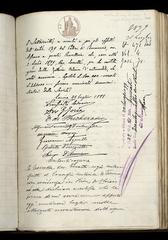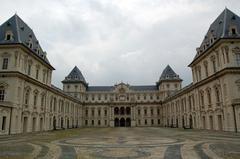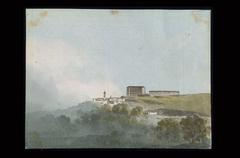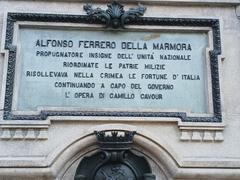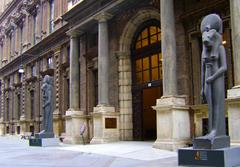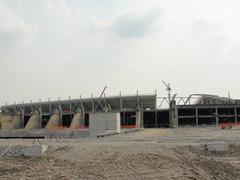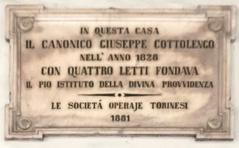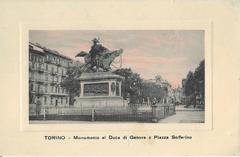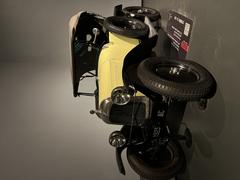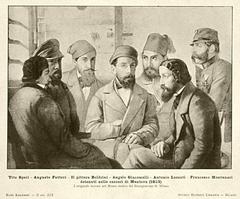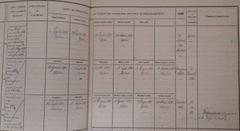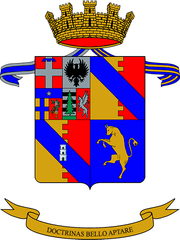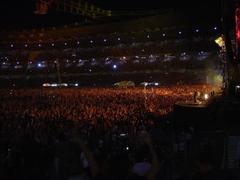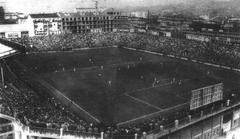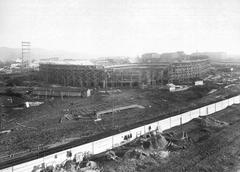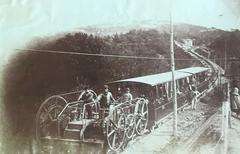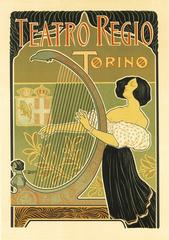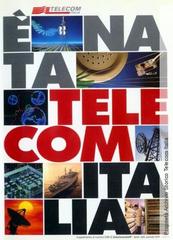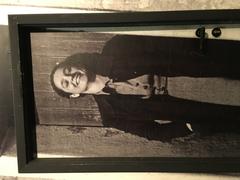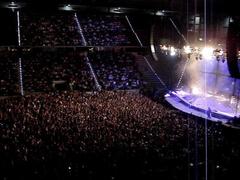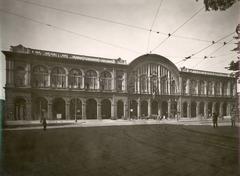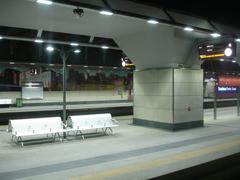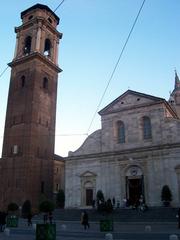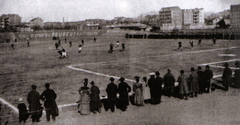Torino Lingotto Railway Station: Visiting Hours, Tickets, and Travel Guide
Date: 14/06/2025
Introduction
Torino Lingotto Railway Station is a major gateway to Turin’s Lingotto district, bridging the city’s storied industrial past with its dynamic present. Originally built to serve the iconic Fiat Lingotto factory, the station has evolved into a crucial part of Turin’s metropolitan railway network and a symbol of urban transformation. Designed with accessibility and modern traveler needs in mind, it connects visitors to cultural venues, historical landmarks, and contemporary attractions. This guide offers comprehensive information on the station’s history, architectural significance, visiting hours, ticketing, accessibility, nearby attractions, and travel tips—ensuring a smooth and rewarding visit to this remarkable site.
For further reading, authoritative sources include TurinItalyGuide, Wikipedia, and WantedInMilan.
Contents
- Introduction
- History and Development
- Architectural and Urban Renewal
- Integration into Turin’s Transport Network
- Station Facilities and Services
- Visiting Hours and Ticketing Information
- Accessibility
- Nearby Attractions and Events
- Travel Tips
- Frequently Asked Questions (FAQ)
- Conclusion
- Further Reading and External Links
History and Development
Industrial Origins
The story of Torino Lingotto Railway Station begins in the early 20th century, intertwined with the rise of the Fiat Lingotto factory. Inaugurated in 1926, Lingotto was then Europe’s most advanced automobile plant, employing over 12,000 workers (TurinItalyGuide). The need to transport workers and vehicles efficiently led to the development of the Lingotto station, which soon became indispensable for Turin’s burgeoning industrial economy.
Mid-20th Century Expansion
As Turin’s manufacturing capacity grew—further fueled by the opening of the Mirafiori plant—the railway station’s role expanded. It facilitated freight and commuter movement, symbolizing the city’s industrial might. The station’s functionalist architecture was designed for efficiency and high capacity, reflecting the priorities of the era.
Post-Industrial Transformation
By the 1980s, industrial decline led to the closure of the Fiat Lingotto factory. This shift prompted an ambitious urban renewal project, led by architect Renzo Piano, which transformed the area into a vibrant commercial, cultural, and residential district. The station was modernized, and its role shifted from serving industrial transport to becoming a hub for local commuters, tourists, and event-goers (WantedInMilan).
Architectural and Urban Renewal
Renzo Piano’s Vision
Renzo Piano’s redevelopment of Lingotto preserved the iconic industrial structures while introducing new functions: shopping malls, hotels, university departments, exhibition spaces, and a tropical garden. The railway station was updated to harmonize with the area’s contemporary design, featuring clear lines, open spaces, and integrated pedestrian flows (Archiobjects).
Integration with the District
The station now sits at the heart of a revitalized urban zone, adjacent to landmarks such as the FIAT Lingotto building, the Arco Olimpico (Olympic Arch), and the Oval Lingotto—each contributing to the district’s identity as a center for culture, business, and events (Rail.cc).
Integration into Turin’s Transport Network
Metropolitan Railway Service
A pivotal development was the integration of Lingotto into the Turin Metropolitan Railway Service (SFM), a commuter network with eight lines and 93 stations (Wikipedia). The SFM’s underground passante ferroviario links Lingotto to northern districts in under 15 minutes, dramatically improving connectivity.
Multimodal Links
The station offers seamless transfers to the Lingotto Metro stop (Line 1), city buses, trams, and taxis. Pedestrian tunnels connect directly to the metro, the Oval Lingotto, and the Piedmont Region Headquarters, supporting efficient movement across the district.
Station Facilities and Services
Layout and Accessibility
Torino Lingotto Railway Station features a modern, multi-level layout with elevators, ramps, and tactile paths for visually impaired travelers. Wide corridors, step-free access, and multilingual signage ensure ease of navigation.
Ticketing Services
- Self-Service Machines: Available 24/7, supporting major languages and payment methods.
- Staffed Ticket Offices: Open 6:00 AM–9:00 PM, selling regional, national, and high-speed train tickets.
- Integrated Tickets: Options such as the Integrated A (€3.50/100 minutes) and Integrated B (€4.00/120 minutes) tickets allow transfers across trains, buses, trams, and metro (Wikipedia).
Waiting Areas and Comfort
Spacious, climate-controlled waiting lounges with digital information boards, quiet zones, and family-friendly amenities contribute to passenger comfort.
Retail and Dining
Onsite shops, cafes, and restaurants—including quick-service and sit-down options—provide refreshments, travel essentials, and local products.
Luggage and Connectivity
Automated lockers, a staffed left-luggage office, free Wi-Fi, and charging stations are available throughout the station.
Parking
Ample underground and surface parking (Sectors A, B, and L) is accessible 24/7, monitored by CCTV, and conveniently located near main entrances.
Security
Uniformed personnel, surveillance cameras, emergency call points, and clear evacuation routes ensure traveler safety.
Visiting Hours and Ticketing Information
- Station Operating Hours: Daily, 5:00 AM–midnight.
- Ticket Offices: Open 6:00 AM–9:00 PM; self-service machines operate round the clock.
- Online Tickets: Advance purchase recommended for best prices and convenience.
Accessibility
The station is fully accessible, with step-free routes, elevators, accessible restrooms, and assistance services for travelers with reduced mobility. Advance booking for specialized assistance is advised.
Nearby Attractions and Events
- FIAT Lingotto Building: A historic industrial complex now housing shops, hotels, conference centers, and the Pinacoteca Giovanni e Marella Agnelli art gallery (Archiobjects).
- Rooftop Test Track: The legendary Fiat test track, accessible by guided tours.
- Eataly Torino Lingotto: An acclaimed Italian food market and dining destination.
- Oval Lingotto and Arco Olimpico: Notable Olympic-era architectural landmarks.
- Museo Nazionale dell’Automobile: A short distance away, showcasing Italy’s automotive history.
- Turin Historic Center: Easily reached by metro for landmarks like Piazza Castello and the Mole Antonelliana.
Events:
Lingotto Fiere hosts international exhibitions, trade fairs, and cultural events throughout the year. Check Lingotto Congress Center and ESB2025 General Information for schedules.
Travel Tips
- Purchase tickets in advance to avoid queues—especially during major events.
- Use the free Wi-Fi to check onward travel and event info.
- Explore the Lingotto district for dining, shopping, and cultural experiences.
- Plan your route using interactive maps and consider combined transport passes for savings.
Frequently Asked Questions (FAQ)
Q: What are the station’s opening hours?
A: 5:00 AM–midnight daily. Ticket offices operate 6:00 AM–9:00 PM.
Q: How can I buy tickets?
A: At staffed ticket offices, self-service machines, or online.
Q: Is the station accessible for people with disabilities?
A: Yes—elevators, ramps, tactile guides, and assistance services are available.
Q: Are there luggage storage facilities?
A: Yes—automated lockers and a staffed left-luggage office.
Q: What are nearby attractions?
A: Highlights include the FIAT Lingotto complex, Eataly, the Pinacoteca Agnelli, the rooftop test track, and the Museo Nazionale dell’Automobile.
Conclusion
Torino Lingotto Railway Station stands as a testament to Turin’s transformation from an industrial giant to a vibrant, modern metropolis. Its architectural renewal, integrated transport links, and proximity to cultural and historical sites make it an ideal starting point for exploring Turin. Whether you’re a commuter, history buff, or traveler seeking authentic Italian experiences, Lingotto offers a unique blend of heritage and innovation.
For live updates, ticket booking, and personalized itineraries, download the Audiala app and follow our guides for the latest on Turin’s attractions and events.
Further Reading and External Links
- TurinItalyGuide: Fiat Lingotto Factory, Turin
- Wikipedia: Torino Lingotto Railway Station
- WantedInMilan: Fiat Lingotto Factory, From Automotive Icon to Cultural Venue
- Turin Metropolitan Railway Service
- Archiobjects: Lingotto Building in Turin
- Italy Railway: Torino Lingotto Train Station
- Rail.cc: Turin Lingotto Railway Station
- Lingotto Congress Center
- ESB2025 General Information


